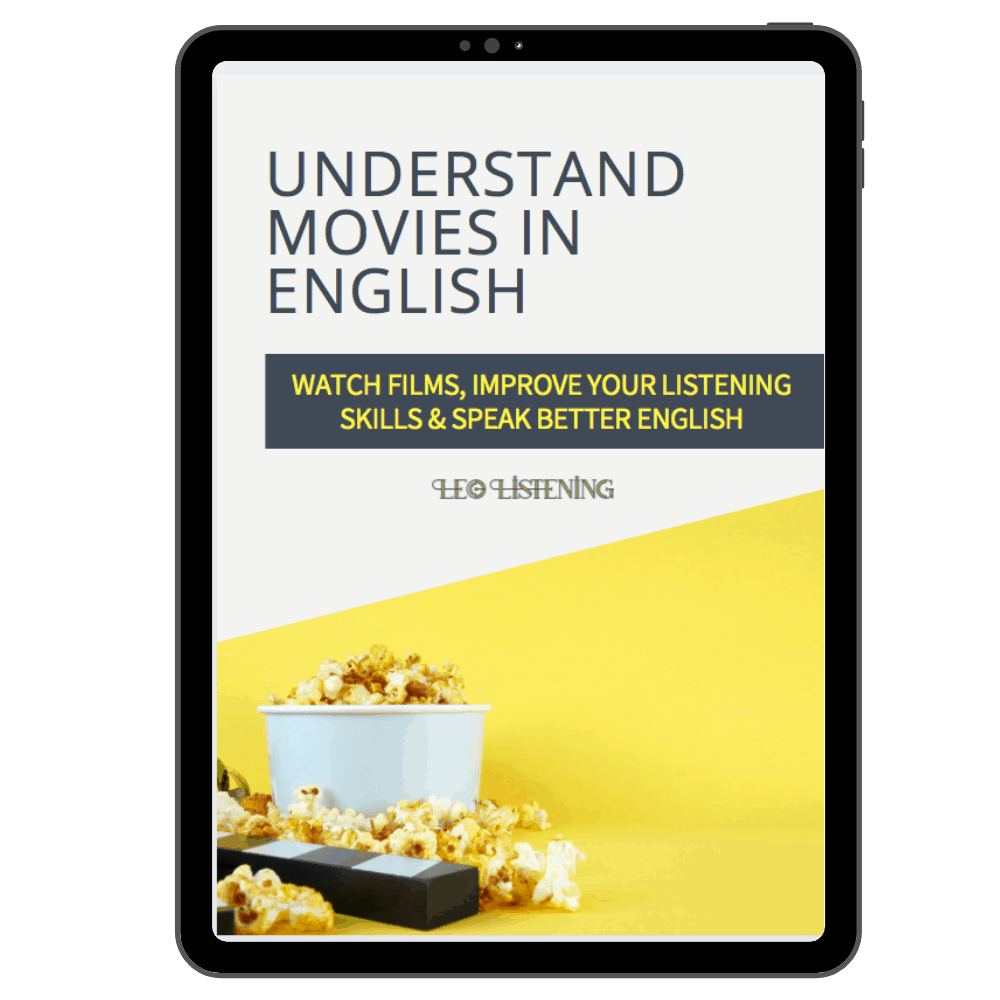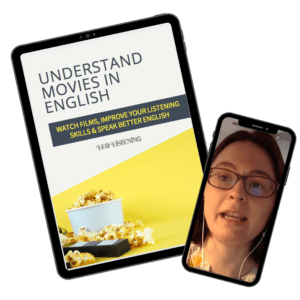When I was learning to drive, I didn’t realise that I’d hit so many plateaus along the way. In other words, periods where, no matter what I did, I didn’t improve.
I would master something, and things seemed to be going great, for it all to stop and for me to get very frustrated.
Sadly, progress in life is not linear. You don’t just start something and keep getting better and better till you reach perfection.
No, you make some progress. Then you get stuck. You make a bit more. Maybe you even regress a bit. And then get stuck again. And so on and so forth.
The same thing happens in language learning. It’s incredibly easy to get stuck at various plateaus.
English Fluency VS English Proficiency
Now for some people this might not matter. For instance, I believe in Benny Lewis’s definition of fluency.
He says he can get to “fluency” after 3 months of intensive study because he’s aiming for a B1 level in his target language, in other words, an intermediate level.
When I came to France, my French was probably about B2 level. I considered myself fluent because, even if I still lacked some vocabulary and grammar, I could make myself understood in most situations.
And my French was far from perfect. But it was good enough to move to a new country without needing an interpreter by my side.
So I was already fluent. And my goal was not fluency, it was proficiency. I wanted to sound like a native speaker and integrate into French life and be accepted. Language is a big part of that.
For many people who are learning English around the world, proficiency is not a goal.
You may just use English occasionally when you travel or as a common language between you and another non-native English speaker.
For most people, a B1 level is a great goal and totally sufficient for your needs. It’s almost controversial to say this because so many people are pushing for perfect English. It’s just not necessary.
I have intermediate Spanish and I have no intention of improving it further. I go to Spain sometimes but that’s it. It’s not a big part of my life.
So if your goal is to reach a B1 level or if you’re happy at a B1 level, that’s great. You can stop watching here.
But if you want to move abroad or plan to travel a lot in English speaking countries, then it’s worth your time getting off the intermediate plateau.

Watch the video:
The Danger Of Just Catching The General Idea
Now, if you’re like me you’re probably really motivated to move abroad. And you’ll do what it takes to improve your level.
That doesn’t necessarily mean it’ll happen by magic though.
Before I moved to France I did a lot of immersion in French: I read in French, I listened to the radio, I watched movies etc.
But I didn’t know how to take what I learned and use it in my own French. This only became a bit easier once I moved abroad.
Anyway, one of the problems that can happen when you get to that “good enough”, “fluent” level in your English is that you stop paying attention to the details.
This is the danger of the “general idea” mentality. Now obviously, if you’re B1 level and you’re reading native-level texts, then the best you can hope for is the “general idea”.
It’s a well-meaning notion. But if you’re hoping to improve beyond the “general idea” you have to stop being satisfied with just catching the “general idea”.
Nowhere is this more true than in listening. Now it’s noble and well-meaning of teachers to tell you just to catch the main idea.
But why stop there? They’re doing you a disservice by not going in deeper.
When you go beyond just listening, you start to create a path towards proficiency in English.
- You reinforce your grammar knowledge. And absorb more grammar.
- You learn vocabulary and expressions without having to learn lists or watch a bazillion YouTube videos.
- You learn how to pronounce English in a natural sounding way.
- And of course, you can interact with native speakers more easily because you can catch what they’re saying to you.
The Tools You’ll Need For Detailed Listening
So how do you actually use detailed listening to get yourself off the intermediate plateau and on the high road to proficiency instead?
Well, you’ll need a couple of tools and resources first.
- Texts
- Headphones
- Conversational materials
Listen With Texts
So by texts I mean a transcript or subtitles. Basically the written version of what you’re listening to.
This is the most important ingredient. Without a text, you’re a bit like Jon Snow: you know nothing.
You might think that you’re missing bits of what you listen to because you don’t know the words.
The truth is that most of the time, you don’t catch words you already know because of how they sound in fast speech.
But you can only check this if you have a transcript. Depending on your level, you can listen with a transcript. But I prefer my students to refer to it after, to check their work.
Listen With Headphones
When you want to improve your English listening skills, you need to stack the deck in your favour. Let me explain.
In your own language, you unconsciously decode everything you hear, with occasional miscommunication.
When you’re learning a new language, you have to make a greater effort to catch what you hear because you’re not yet at the stage where you can automatically process it.
So, you need to make your life as easy as possible. One way to do this is to use headphones. They can give you an instant listening skills upgrade.
This is especially important when you’re doing detailed listening where you want to catch everything.
Listen To Conversational Material
One of the biggest listening mistakes I see is you using the wrong materials.
When you want to understand fast, conversational English, you need to listen to that kind of English!
Listening to TED talks or audiobooks won’t help with that!
It doesn’t mean you can listen to them. But it’s a bad idea to train your ears with them.
If that’s all you do, then you’ll be disappointed when you try to understand real English speakers on the street.
Pro tip: I prefer using short movie or TV show clips.
My Detailed Listening Method To Help Your Get Off The Intermediate Plateau
So what do you do once you’ve got all these tools?
Here’s the process I take my students through:
- Listen to the clip once and rate how much you understand as a percentage. Don’t use the subtitles or a transcript at this stage.
- Choose 3 difficult sections and try to write out what you hear. The sections should be short – 10 seconds maximum. Listen 3-5 times, don’t go crazy here! You’ll just make yourself frustrated.
- When you’re ready, compare what you wrote to the transcript or subtitles. This is where it gets interesting. What did you miss? Was it words you already know? New words? Why do you think you missed them? A teacher can help you figure out the last question.
- Try to imitate the speech from these difficult sections. Record yourself and compare to the original.
- If there are new words or expressions, use an app like Memrise to create an online vocab book with audio.
- There’s nothing better for cementing new words and expressions that using them. When I work with my students I get them to use the new language in their speech.
Can you pick all this up from just passively listening?
Maybe over a really long period of time. But why wait when a little bit of effort means that:
- You’ll understand so much more
- You’ll be able to integrate native-sounding words and expressions into your speech
Let me know if you have any questions about this detailed listening method for getting to proficiency.
And if you try it out, let me know how you get on.
By the way, I teach this method and go through an example with you in my free guide which you can download below.
Subscribe To My Newsletter To Get Your Free Guide
Want to use your favourite movie or TV show to understand native English speakers when they talk fast? Download your free guide, Understand Movies in English.



